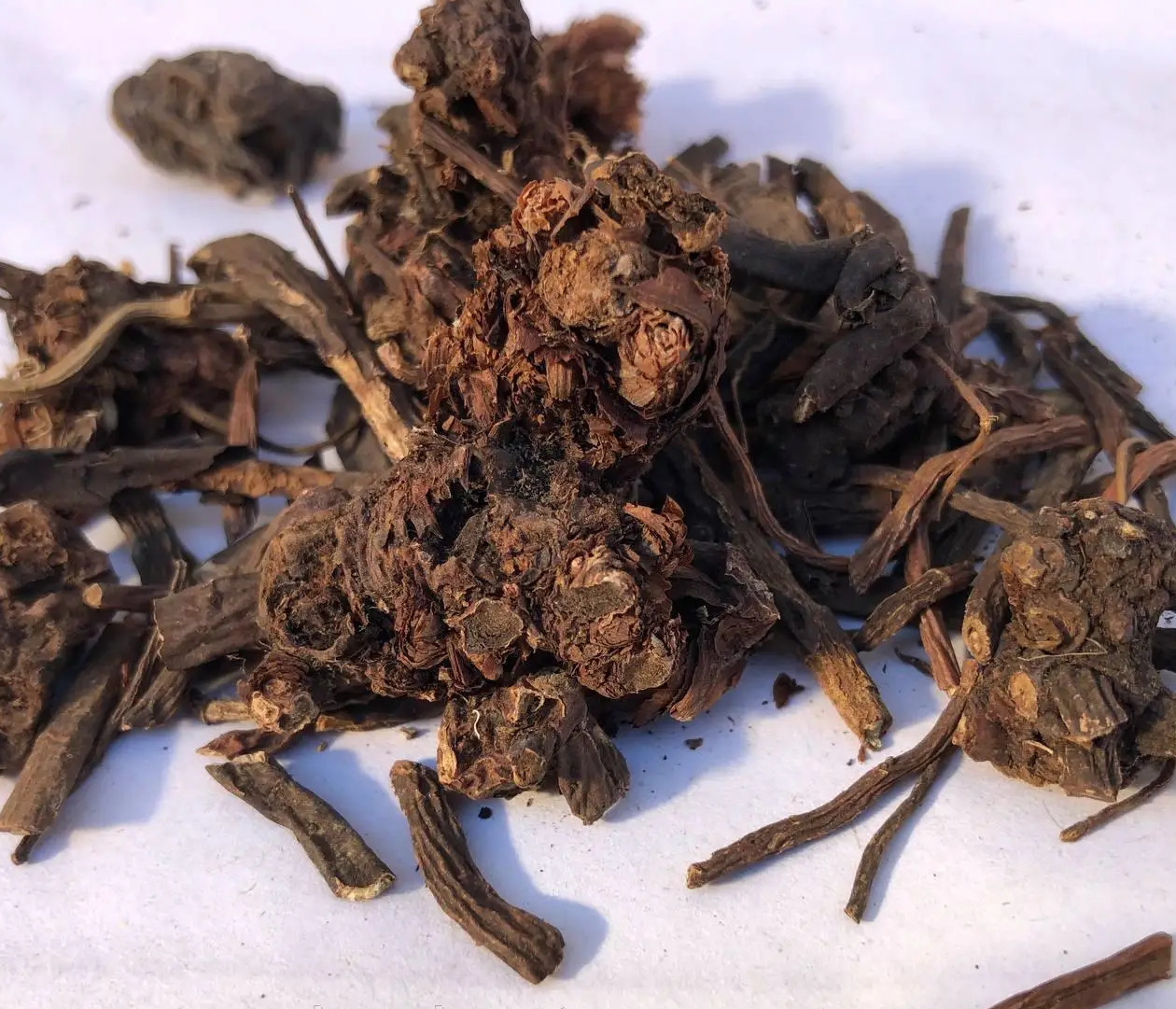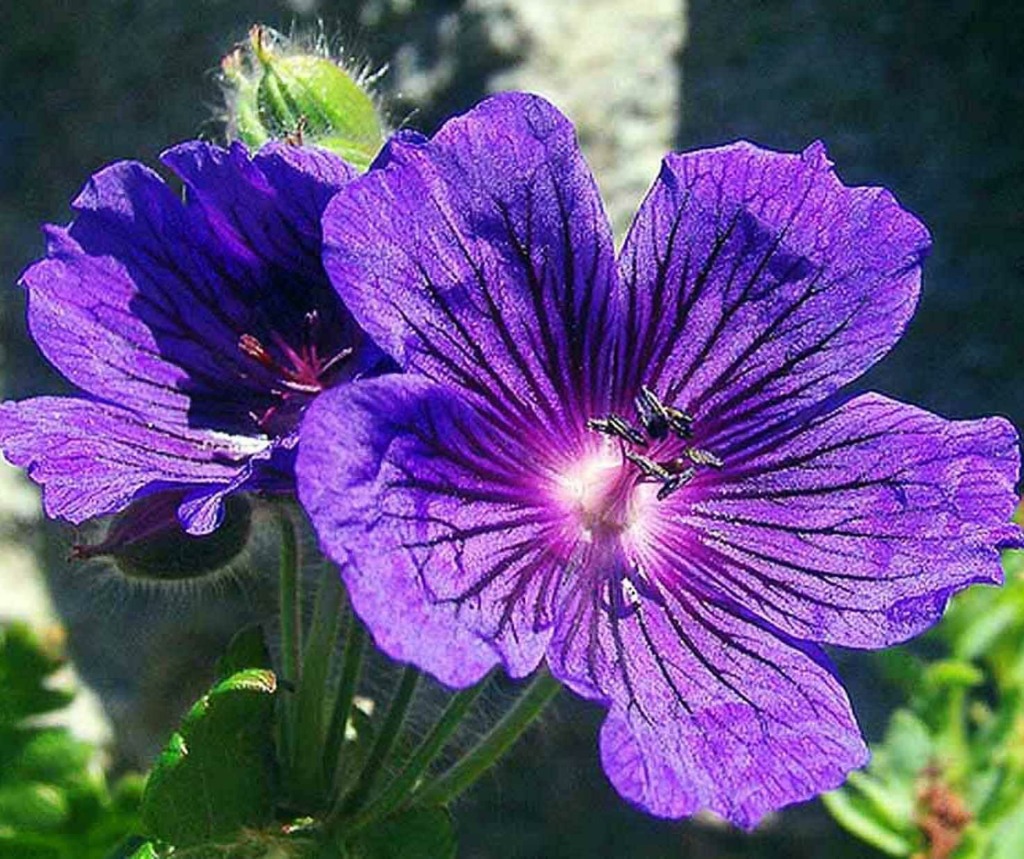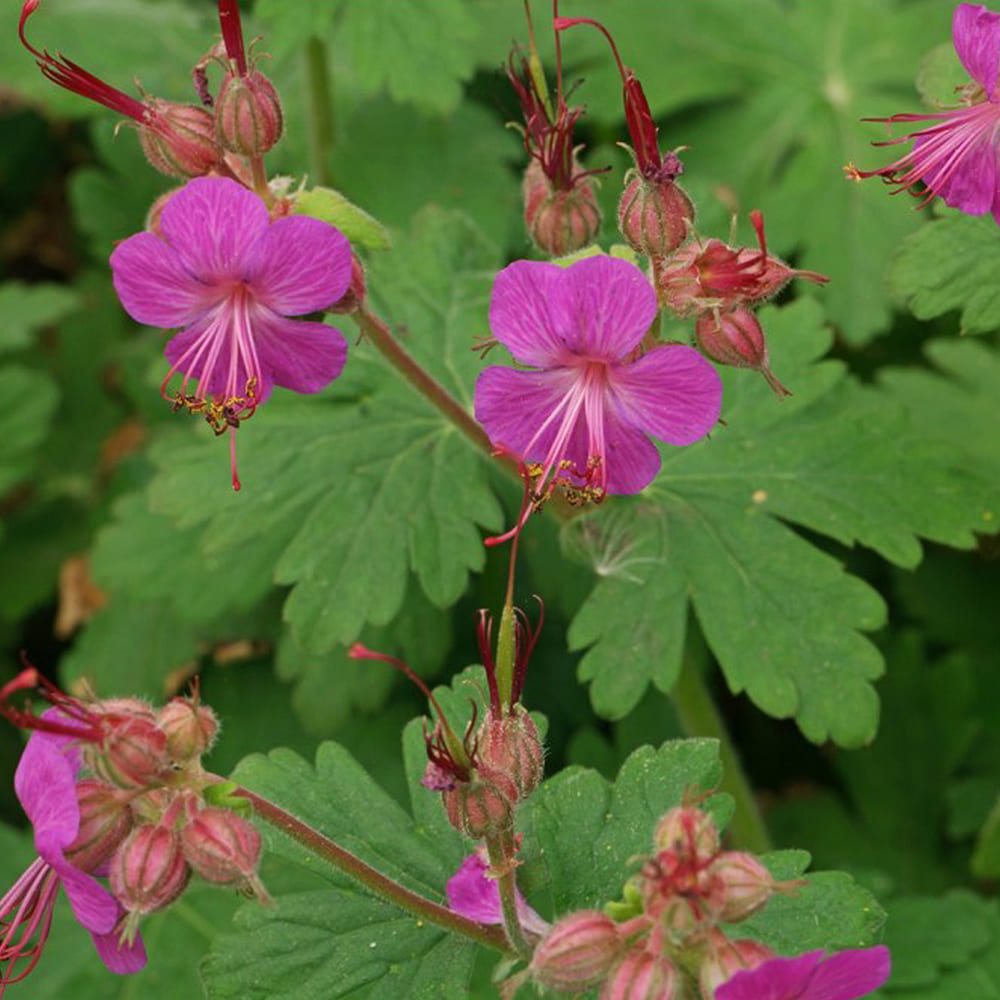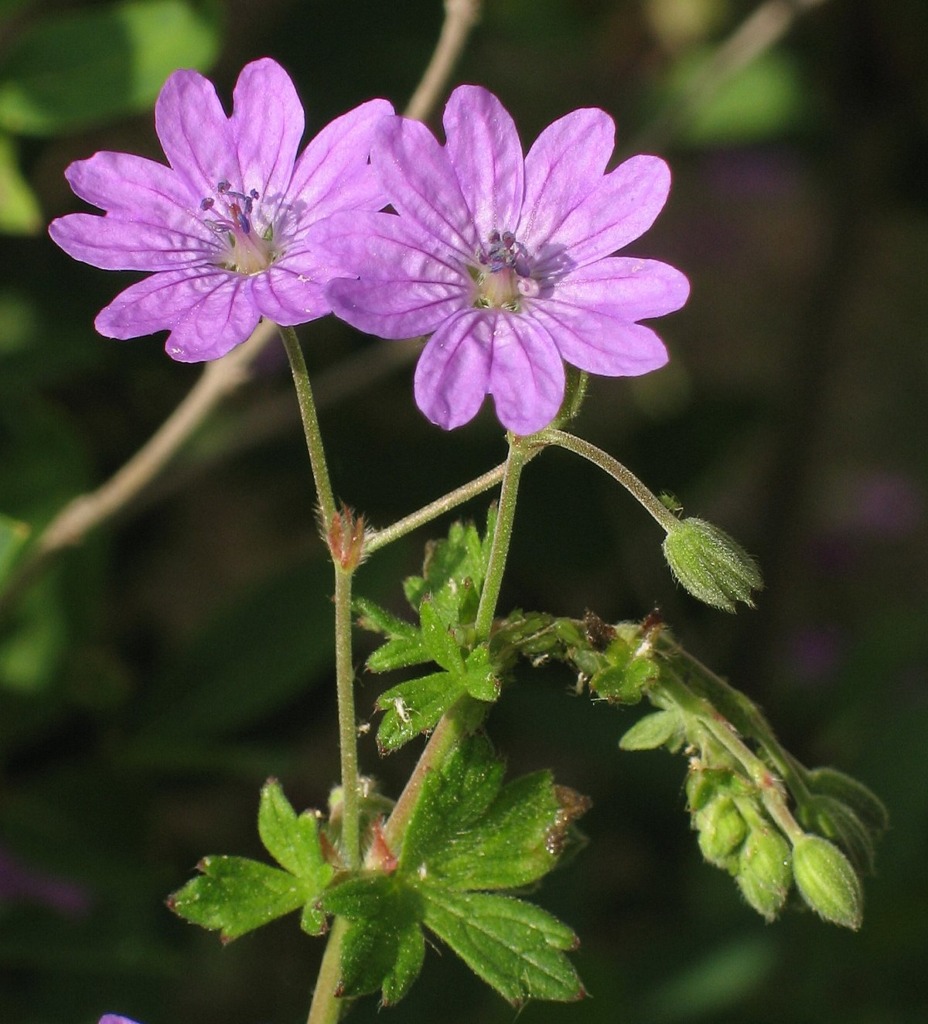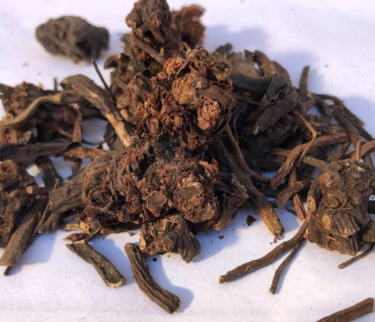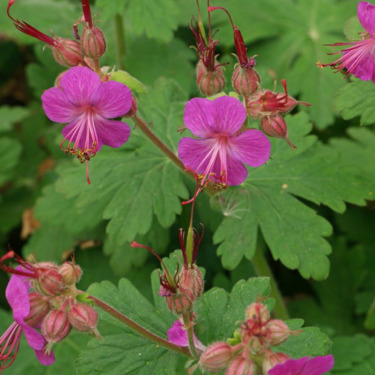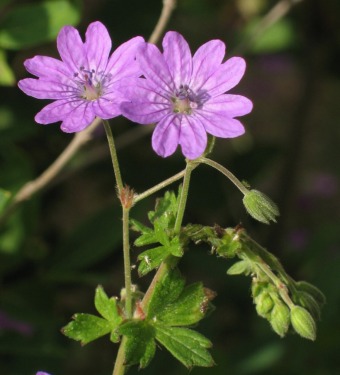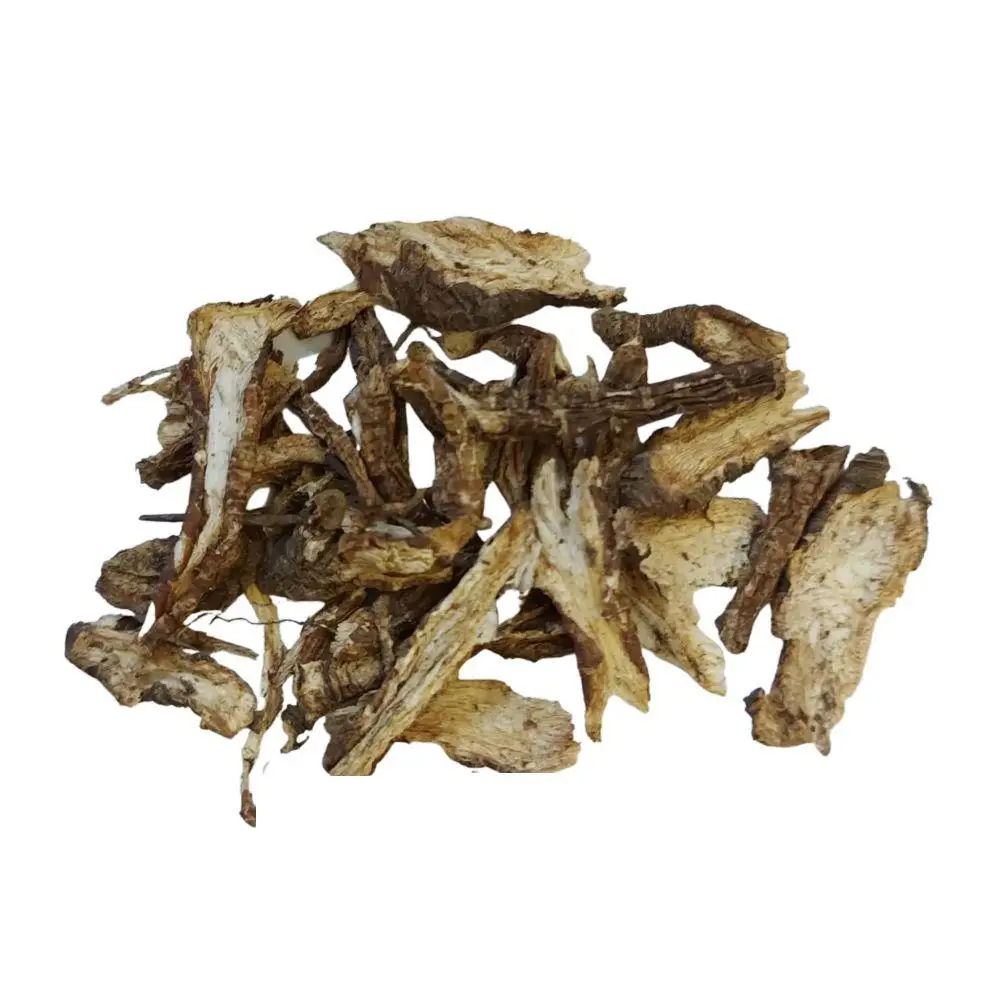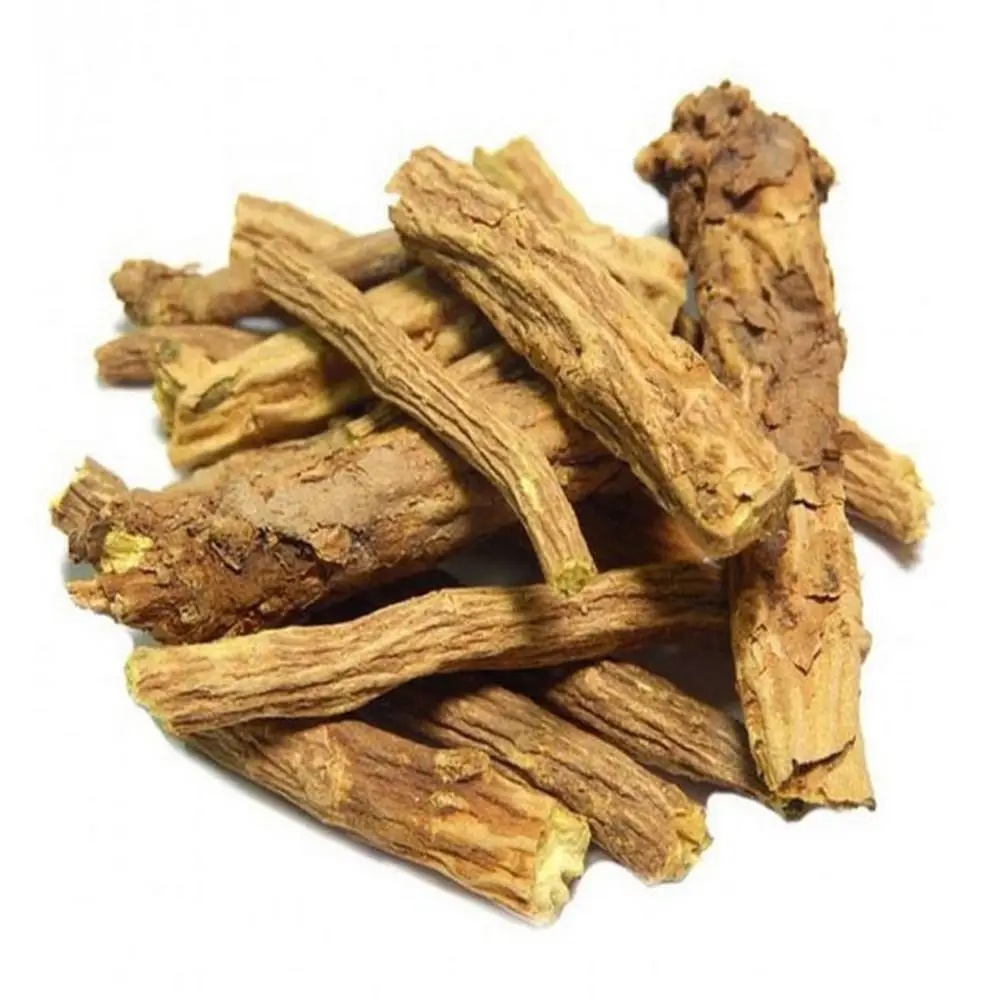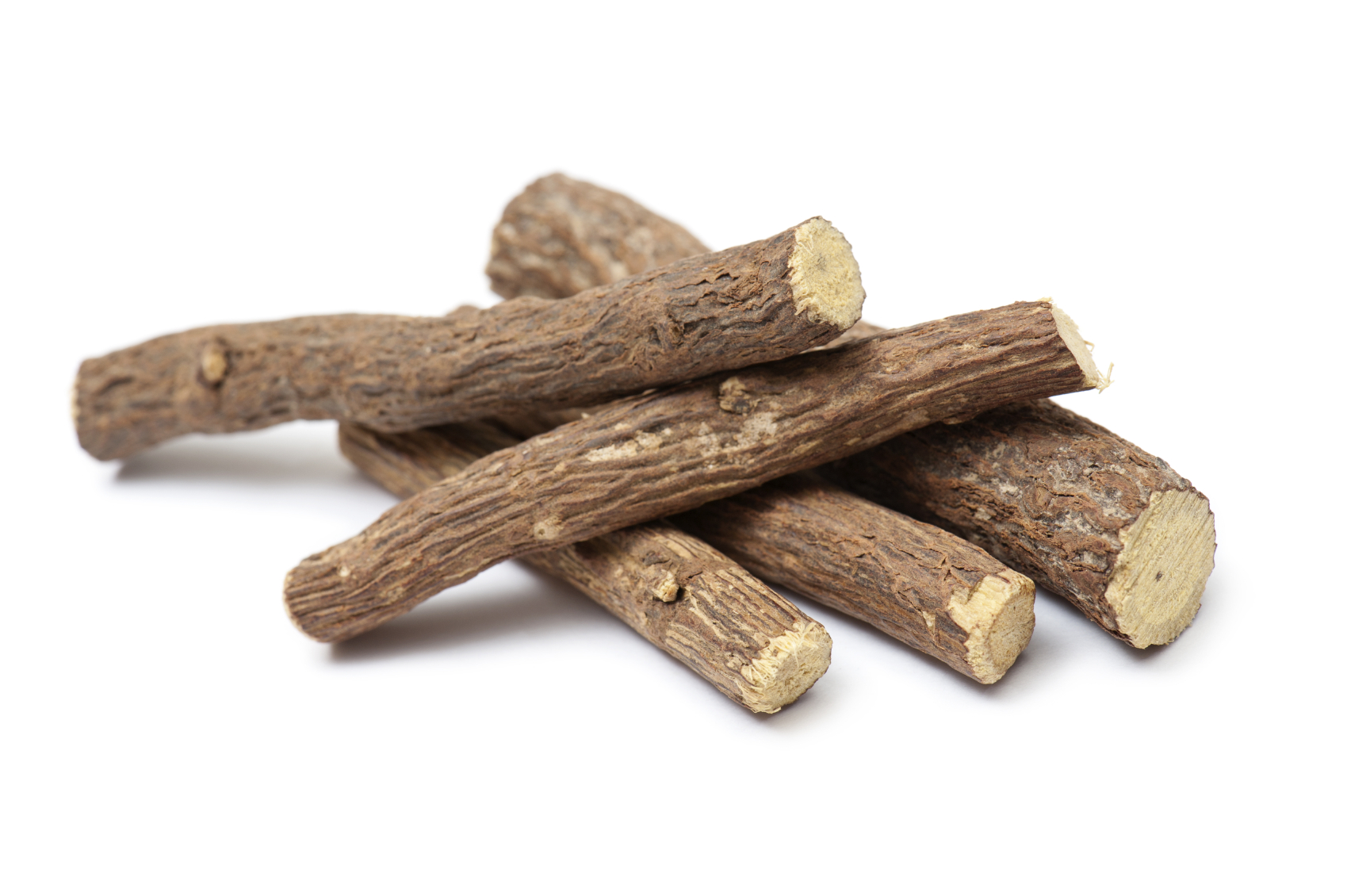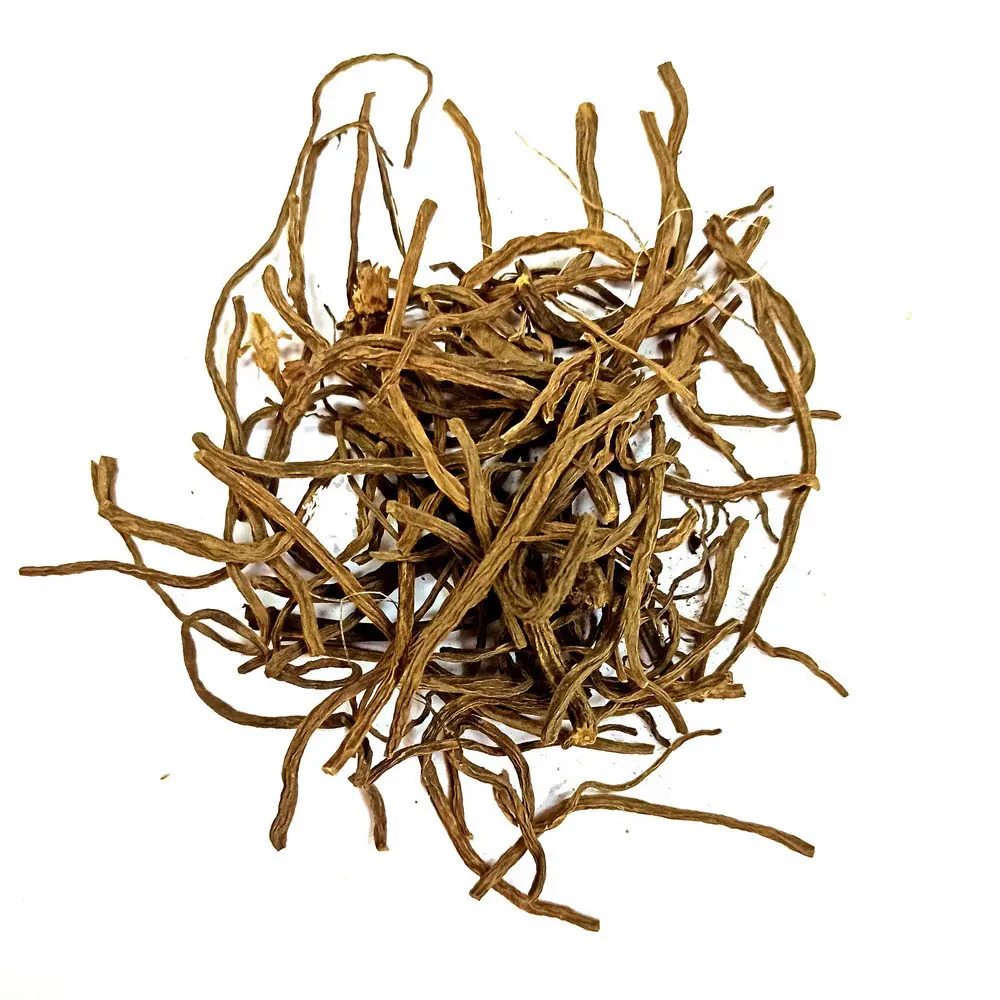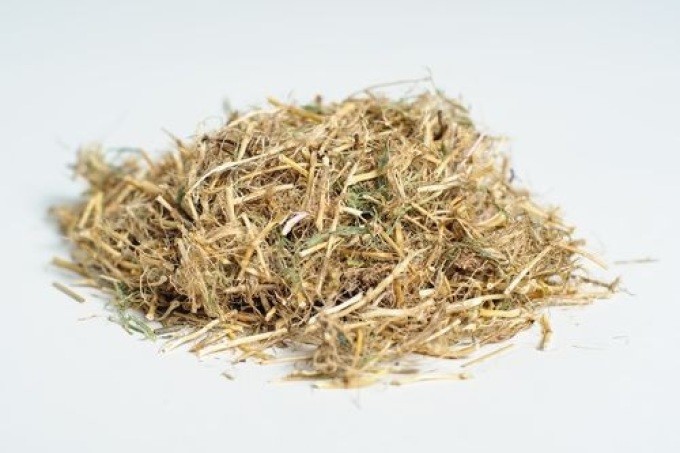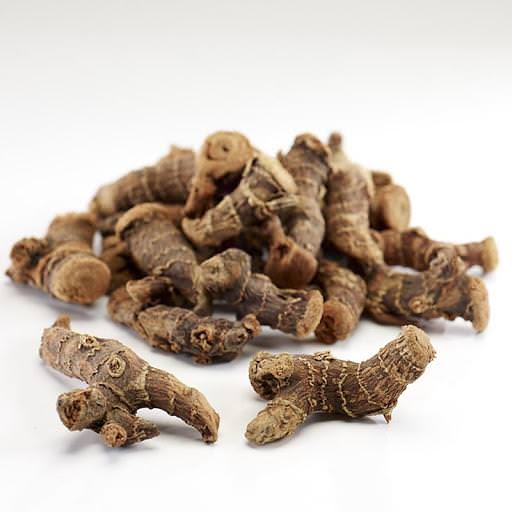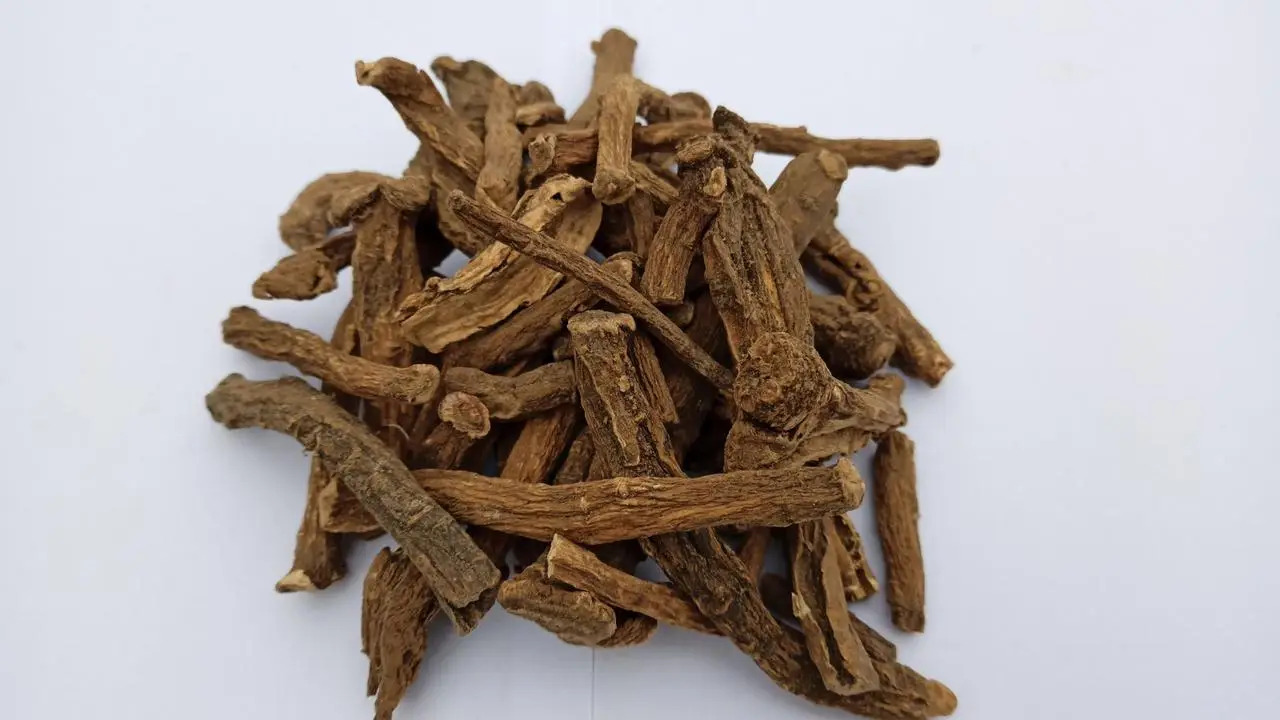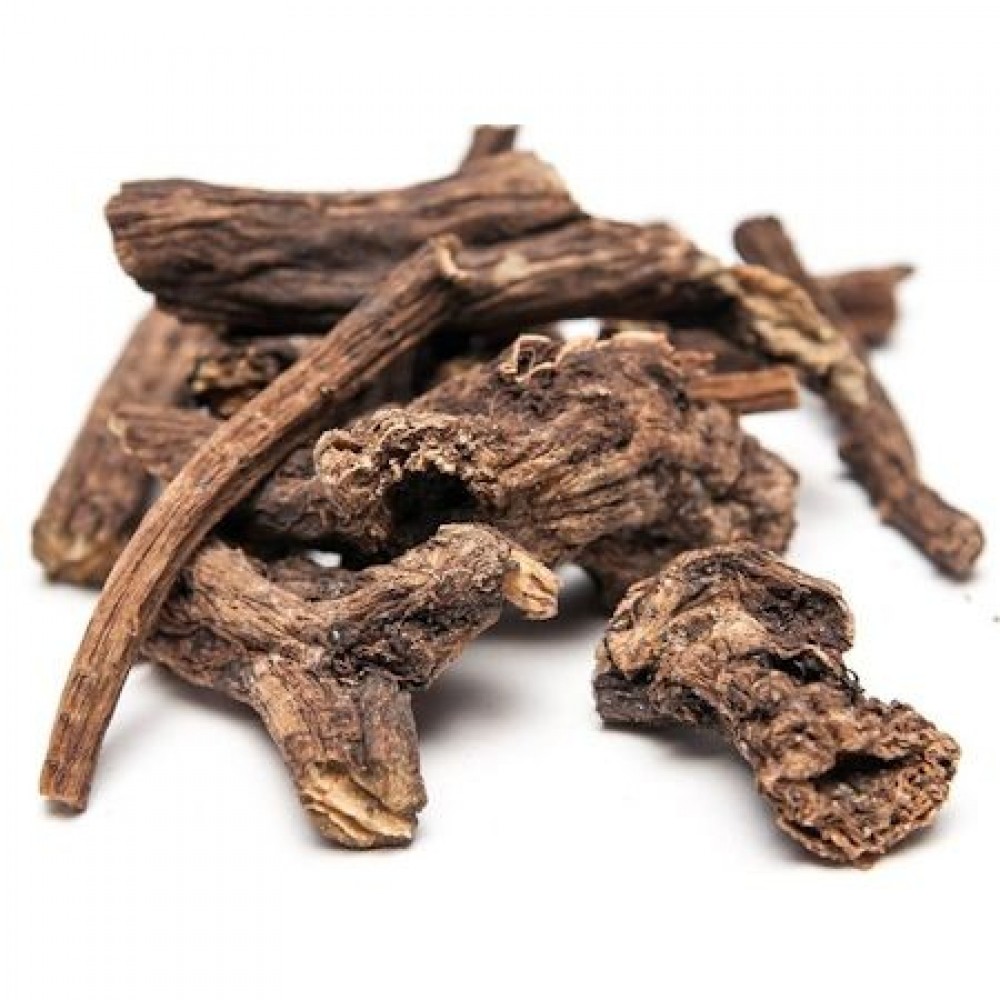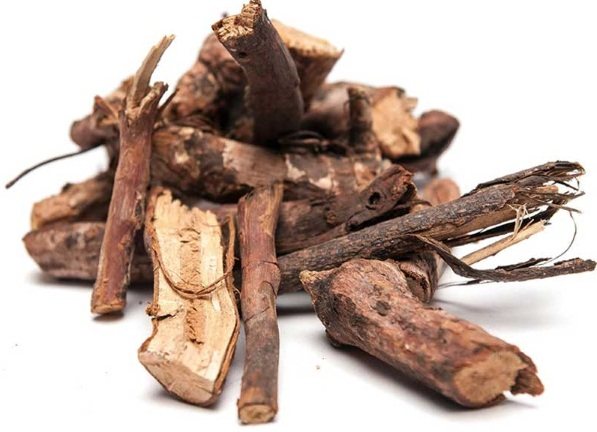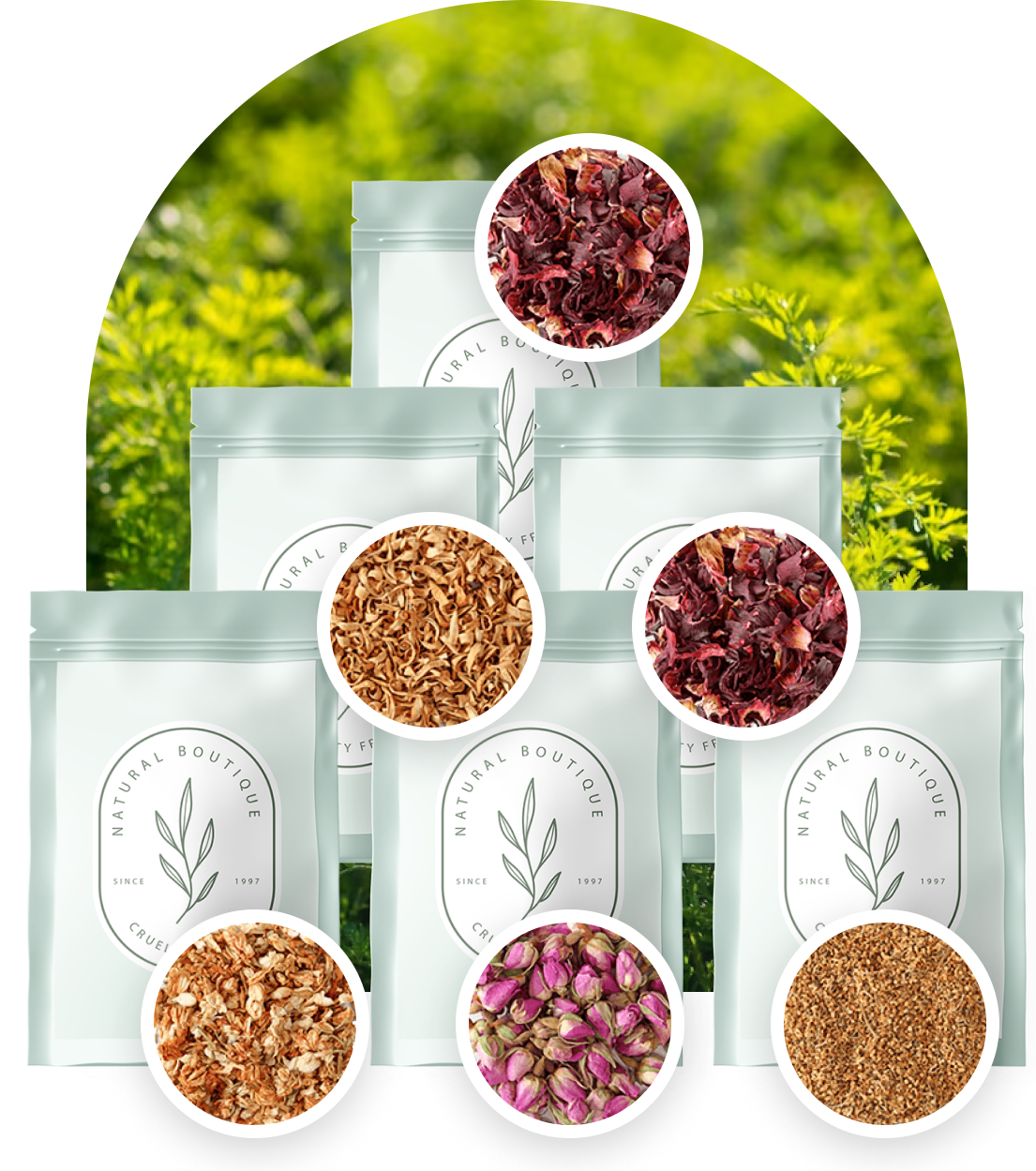This hardy perennial plant species is found in many gardens. Between June and August, the herb and flowers are harvested for medicinal purposes, and in September or October, the roots of geraniums are harvested.
Geranium is blood-red in color, and the preparations made from it are known for their anti-inflammatory, hemostatic, antiseptic, and healing effects.
According to folk methods, geranium infusion is used to treat digestive tract disorders, gout and kidney disease, as well as inflammatory processes in the oral cavity, skin ailments and women’s health problems, as well as nose, lung and skin bleeding. Geranium decoction is used for bathing, washing, and compresses for purulent cuts, ulcers, and skin diseases accompanied by severe itching.
The herb’s decoction is also used to make baths for bone fractures, gargle for sore throats, and shampoo for hair loss.
Blood-red geranium rhizomes also have anti-inflammatory and healing properties and are used internally to treat pulmonary tuberculosis, bronchitis, and gastrointestinal diseases. Externally, geranium roots are used for nosebleeds and skin diseases.
